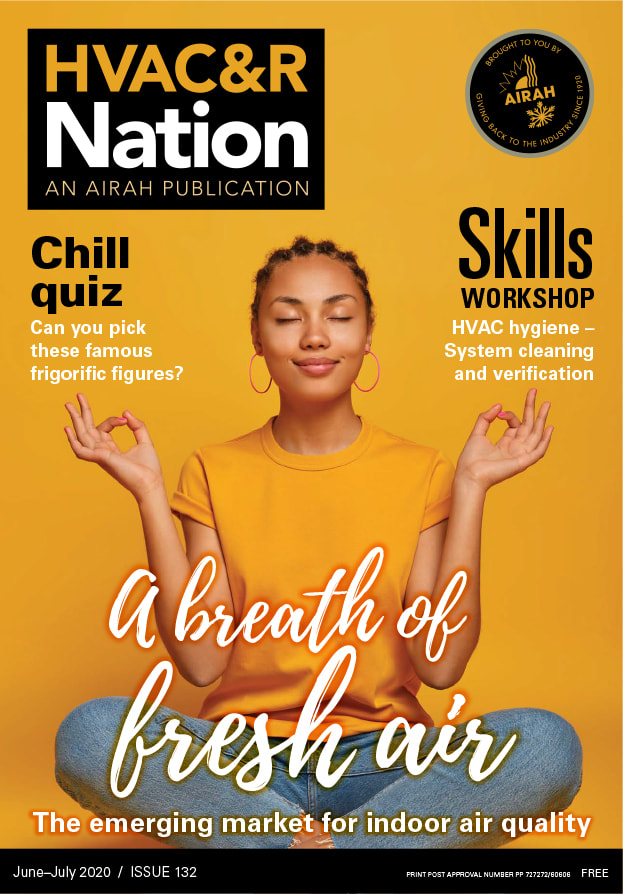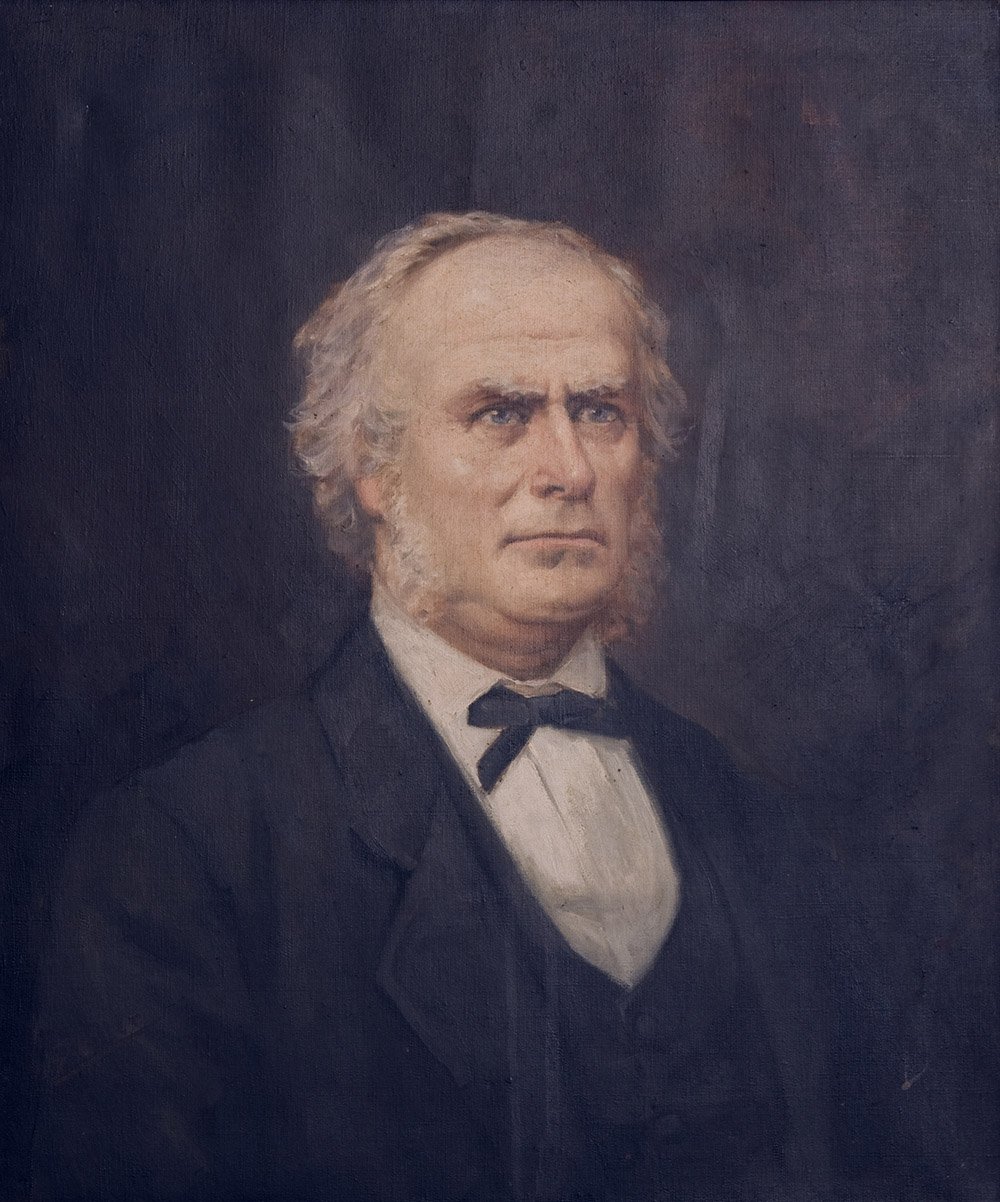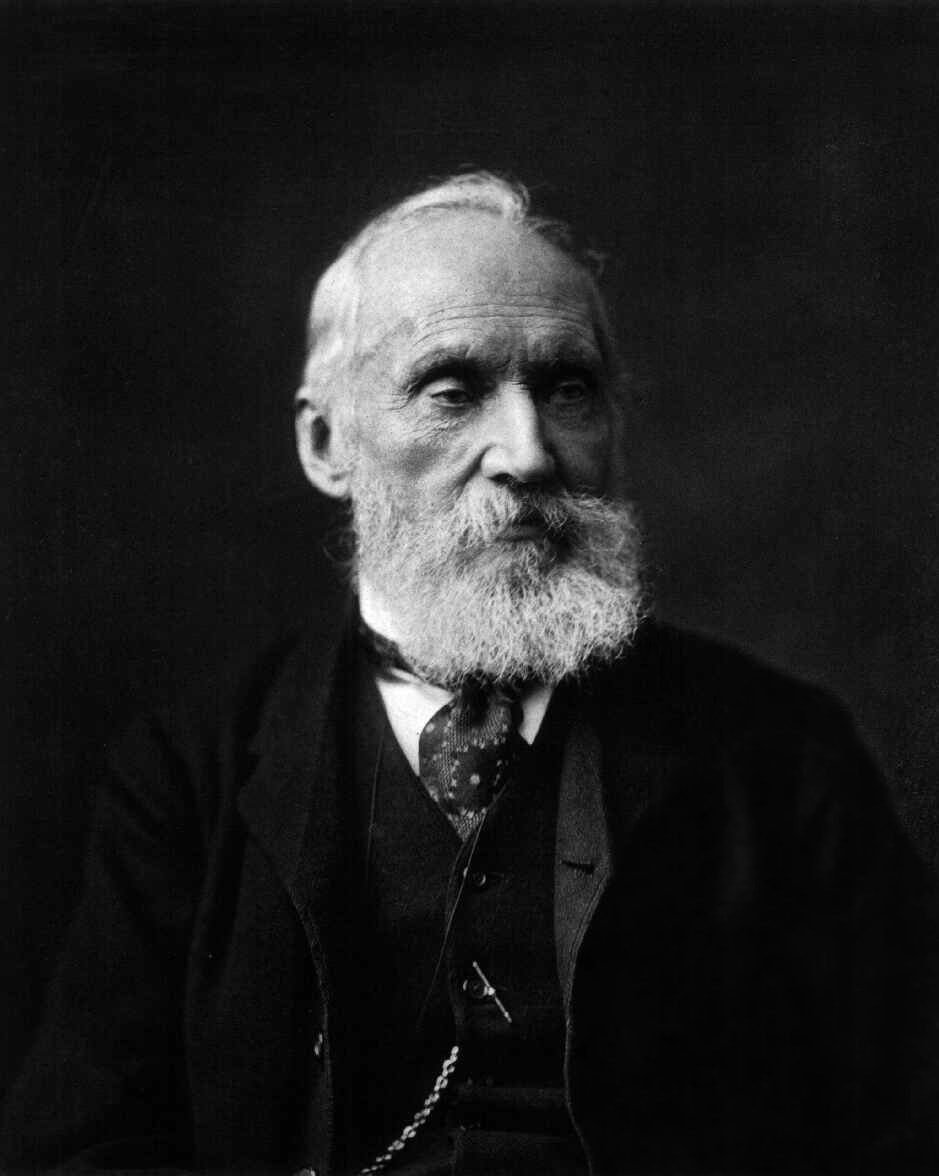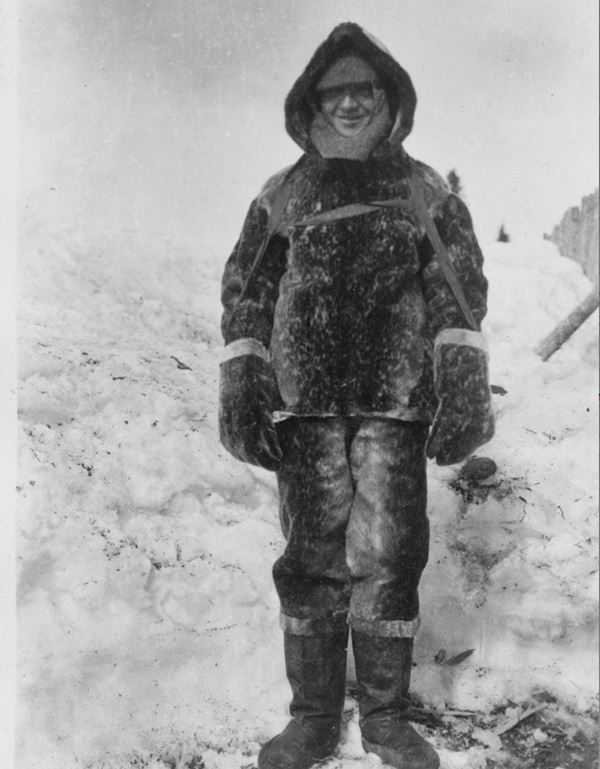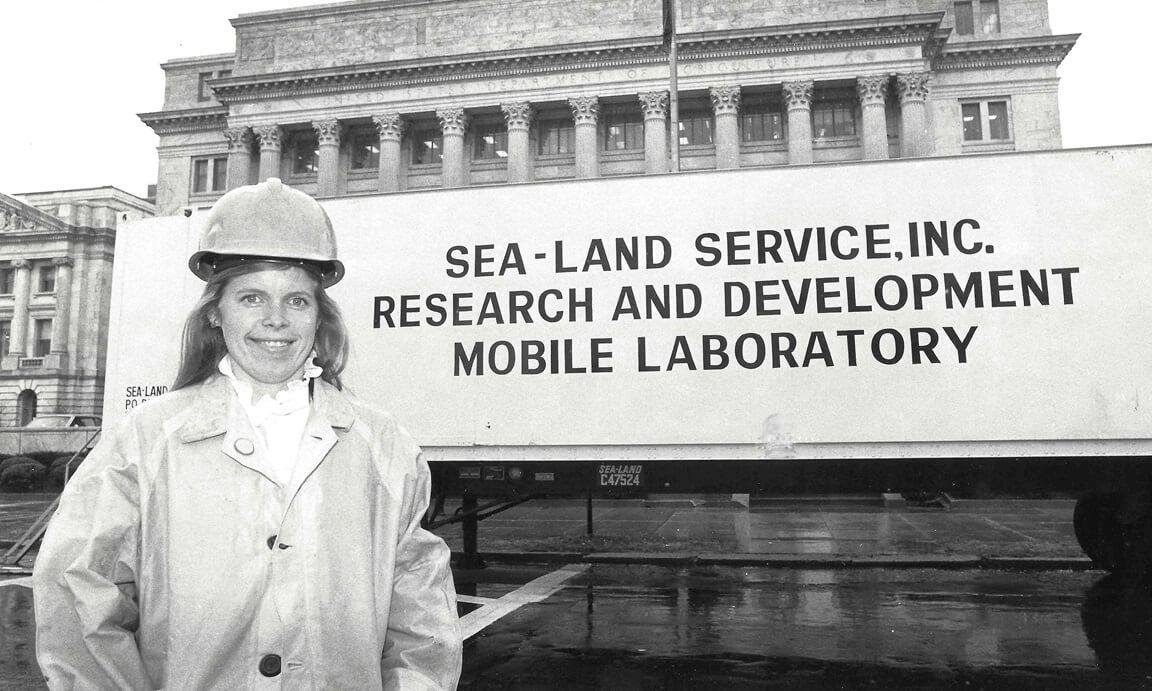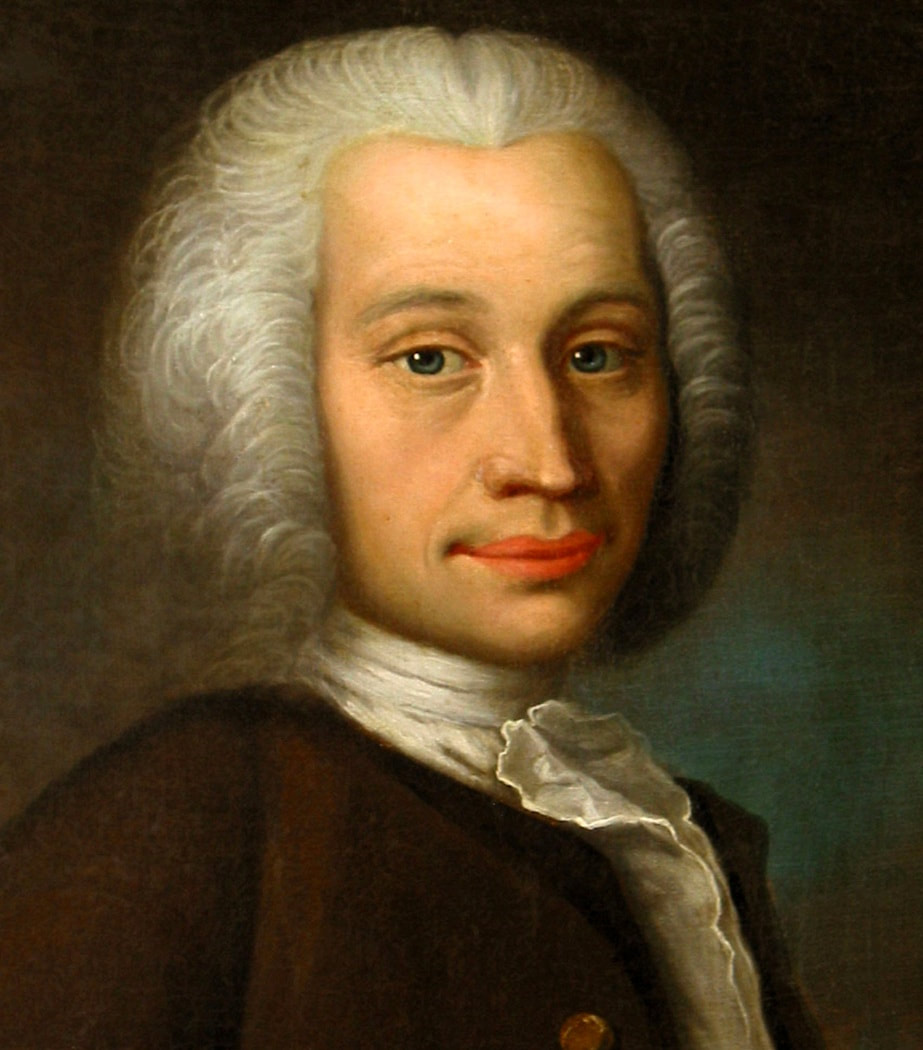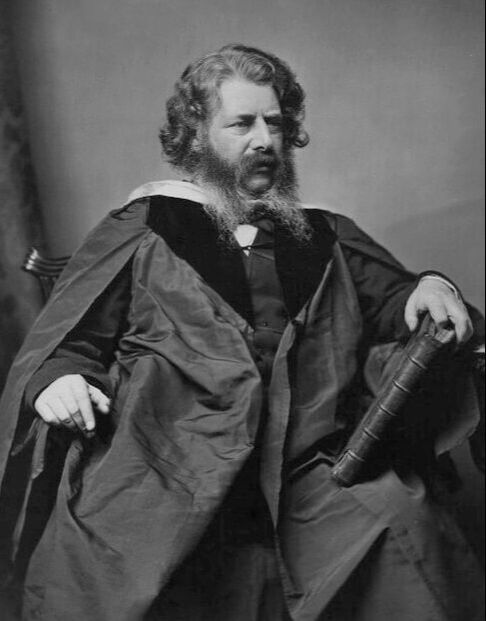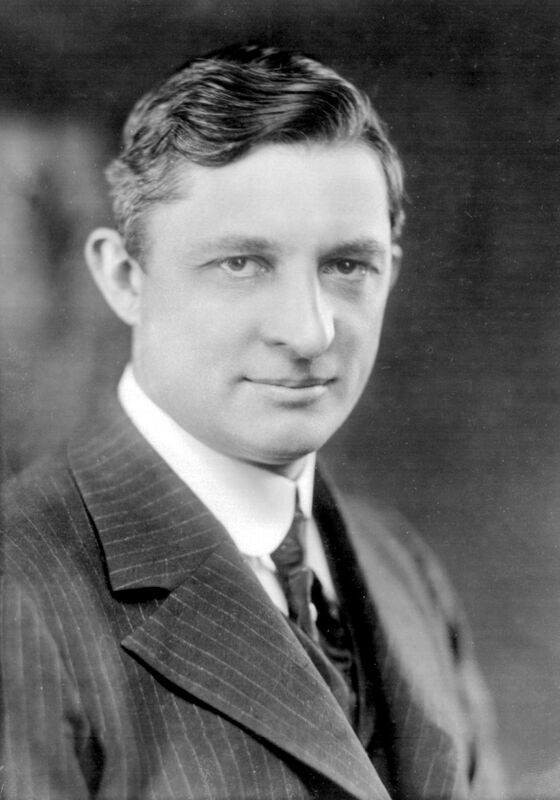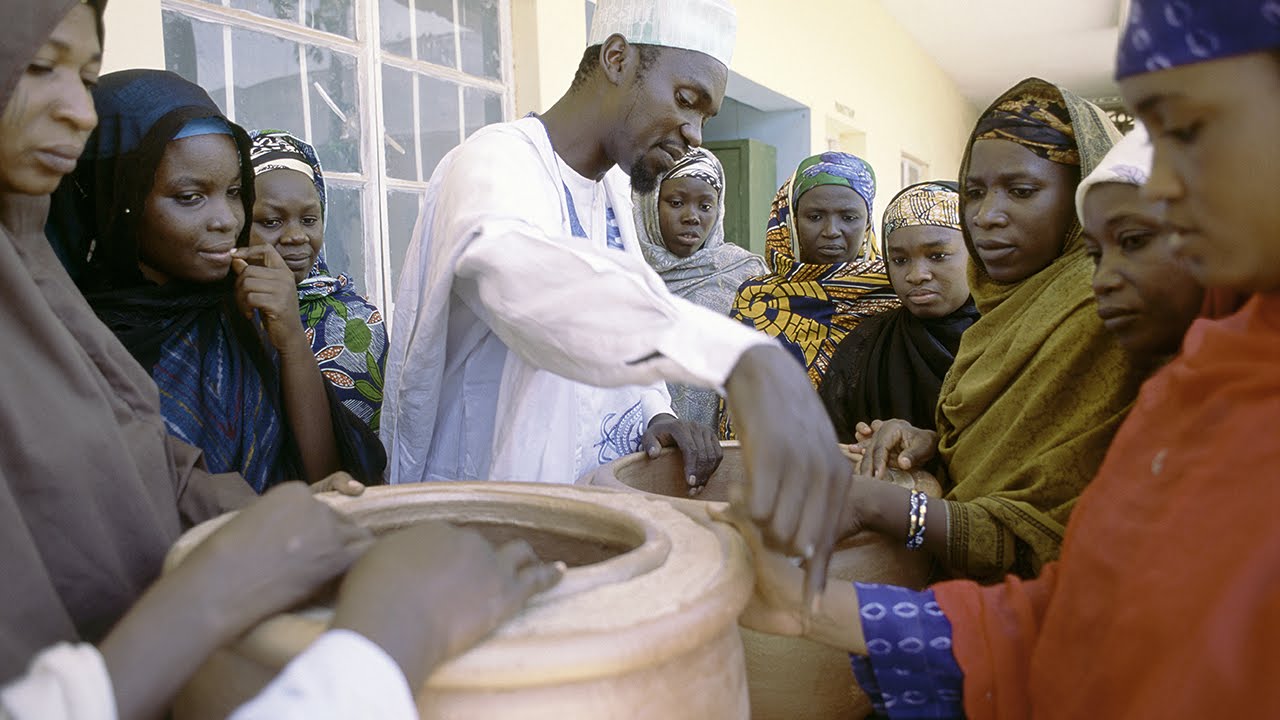"Chill quiz"
This article appears in HVAC&R Nation, June/July 2020 |
World Refrigeration Day is an international awareness campaign to raise the profile of the refrigeration, air conditioning and heat-pump sector.
It focuses attention on the significant role that the industry and its technology play in modern life and society and draws attention to the engineering and science that is at the very heart of modern life.
The first inaugural World Refrigeration Day was held on June 26, 2019.
While the day is bound to be recognised differently this year due to the worldwide impact of the COVID-19 pandemic, June 26 will still be a day to celebrate.
So put down your tools, store your cylinders (in an upright position) and turn your attention to the pioneers of our industry – those men and women who have shaped the science, invention and importance of refrigeration and air conditioning for the benefit of society.
From early scientists to champions of the modern day, we challenge you to this superquiz of the HVAC&R world.
It focuses attention on the significant role that the industry and its technology play in modern life and society and draws attention to the engineering and science that is at the very heart of modern life.
The first inaugural World Refrigeration Day was held on June 26, 2019.
While the day is bound to be recognised differently this year due to the worldwide impact of the COVID-19 pandemic, June 26 will still be a day to celebrate.
So put down your tools, store your cylinders (in an upright position) and turn your attention to the pioneers of our industry – those men and women who have shaped the science, invention and importance of refrigeration and air conditioning for the benefit of society.
From early scientists to champions of the modern day, we challenge you to this superquiz of the HVAC&R world.

